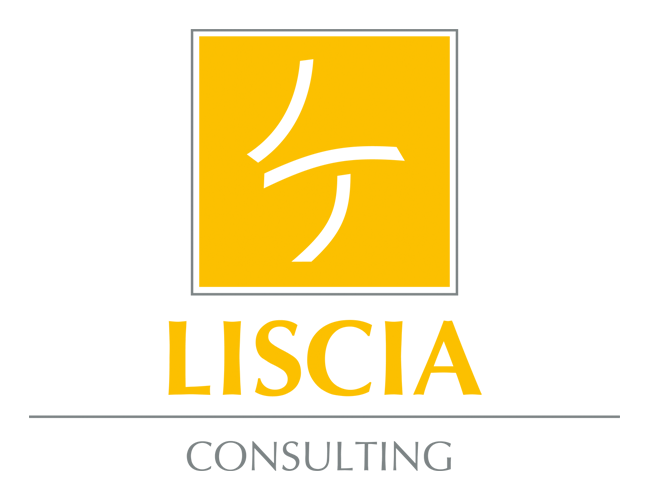May 12, 2019 – Mother’s Day in Germany. A day we are meant to honor our mothers. A concept that, like so many others, has evolved into a consumerist occasion. The modern Mother’s Day was first celebrated on May 9, 1908 in the U.S.A., founded by Anna Jarvis to commemorate her mother’s and all mothers’ accomplishments as well as to promote women’s rights. Although celebrated in all states, it wasn’t until 1914 that President Wilson declared it an official national holiday.[1] Today, the core message seems to have been lost in the commercial hullabaloo intent on increasing flower, greeting card and perfume sales. And our moms? How do we acknowledge their daily achievements? What are these actually? And, especially, what about our working moms?
Today’s working women who choose to have children are confronted with immense inner and social pressure as well as with the steady call of their profession. When is the right time to return to work? Do I still even want to go back? And if I do, how long can I stay away? More often than not, a working mother is caught between a rock and a hard place. On the one hand, her child comes first, and she is unwilling to place her treasure in others’ care too soon. Friends and acquaintances often frown on her desire to return to work as soon as possible. And then there’s the frequent pressure from employers asking when is she (finally) going to return to work? What will become of the position I worked so hard to attain when I take one or two years off? Can I pick up precisely where I left off? Or has the business world moved on without me, making it even more difficult to catch up? Also, during the first years of motherhood, many new mothers cannot or are loath to return to work full time, which creates problems for their continued career. Mothers are caught straddling the fences between what’s best for their child, for themselves and for their careers. Naturally, they want to be a good mother, yet — if they want to advance their careers – must work hard and long, as if they had no children.
Looking at statistics, half of the mothers in Germany have decided against the twofold burden of family and career, preferring to attend wholeheartedly to their families and homes. However, only five percent of them are content to do so. It goes to follow, that many mothers would be happy to participate in the working world, but certain factors make it unfeasible.[2]
Yet, when we look at mothers who bravely resumed their professional routines, stress studies show that working mothers bear 18 percent more stress than their childless colleagues. Nearly 40 percent of these are working mothers with two children, according to a British study led by the University of Manchester and the Institute for Social and Economic Research at Essex University. Interestingly enough, the study also indicated that neither working from home nor flex time had a positive impact on the stress factor. The dual burden sits firmly on her shoulders. There’s no getting around the fact that aside from her working hours, be they at home or in the office, she has a second full-time job – her child. According to the study, the only viable employment model proven to reduce stress factors in young mothers is part-time employment.[3]
So, how can employers support their female employees with young children? How can they contribute to reducing stress levels and positively shape their working mothers’ reintegration?
A large step in the right direction is helping reduce mental stress. Working mothers most often reserve a part of their attention for their children, who are in kindergarten, in day care or with their grandparents. Close observation reveals, during a meeting for example, a mother regularly checking her private telephone just in case a call comes, and her child needs to be picked up earlier than usual. Mental relief and relaxation, in this case, is when you accept the private telephone as a natural lifeline, openly laying it on the table so that any incoming calls can be responded to at once. You can also clearly signal to your female employees that, when necessary, they can bring their child or children to work with them – spontaneously converting your meeting room into a play room.
However, the problem comes in all shapes and sizes. Every parent has a different approach to raising their children. Helpful in any case is a candid conversation with your returning – now a mother – employee. Talk together about how she pictures her future as a working mother and how you and your business can support her.
Let us remember the original meaning of Mother’s Day and honor our mothers, female colleagues and employees. Give them the recognition and appreciation they deserve for their extraordinary contributions to our lives – 365 days a year!
[1] https://www.wiwo.de/unternehmen/dienstleister/muttertag-woher-kommt-der-muttertag/6610324-2.html (accessed May 10, 2019, no English translation)
[2] http://www.bpb.de/apuz/27323/kinderbetreuungs-kulturen-in-europa-schweden-frankreich-deutschland?p=all (accessed May, 10, 2019, no English translation)
[3] Chandola, T. et al. (2019) ‘Are Flexible Work Arrangements Associated with Lower Levels of Chronic Stress-Related Biomarkers? A Study of 6025 Employees in the UK Household Longitudinal Study’, Sociology.





